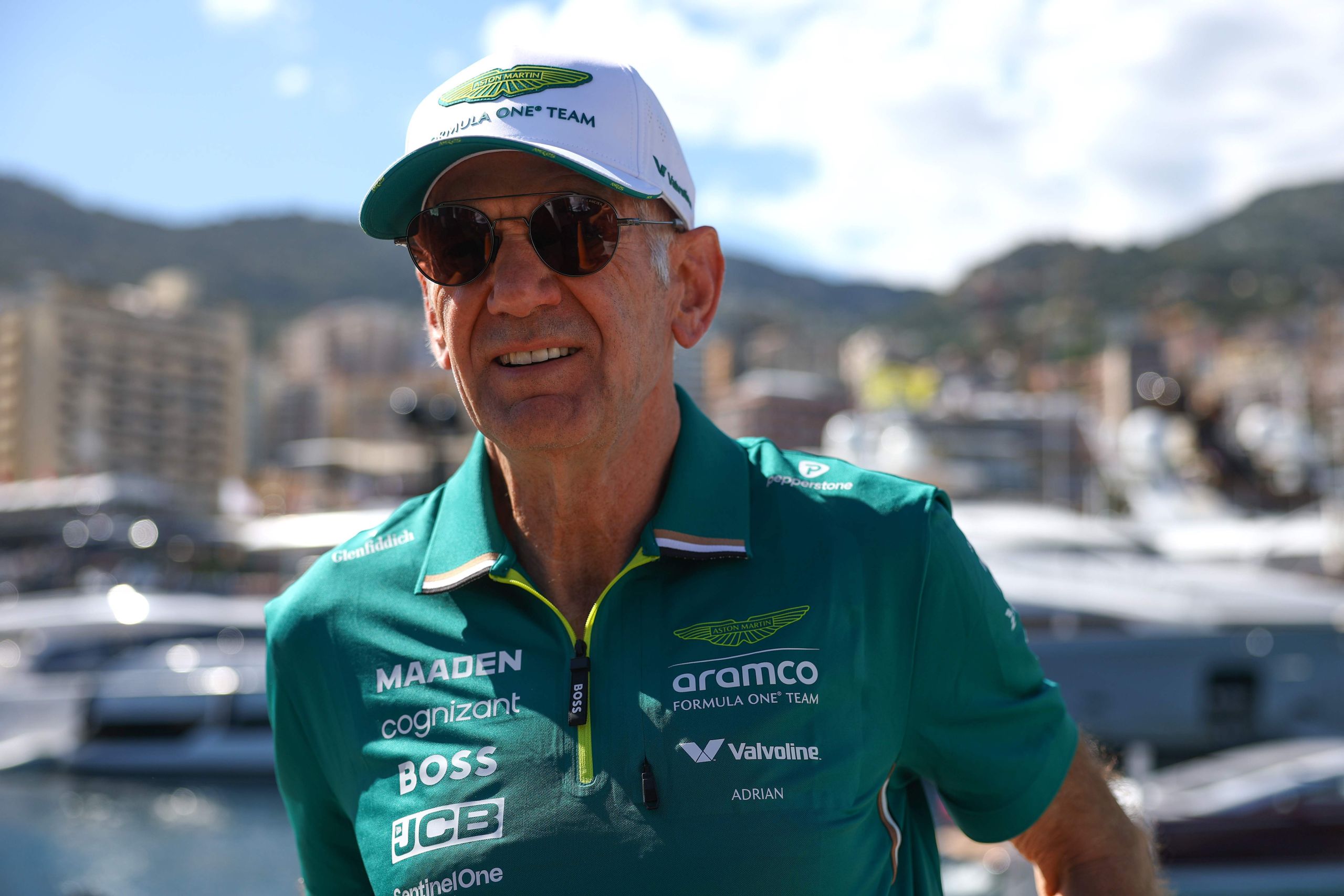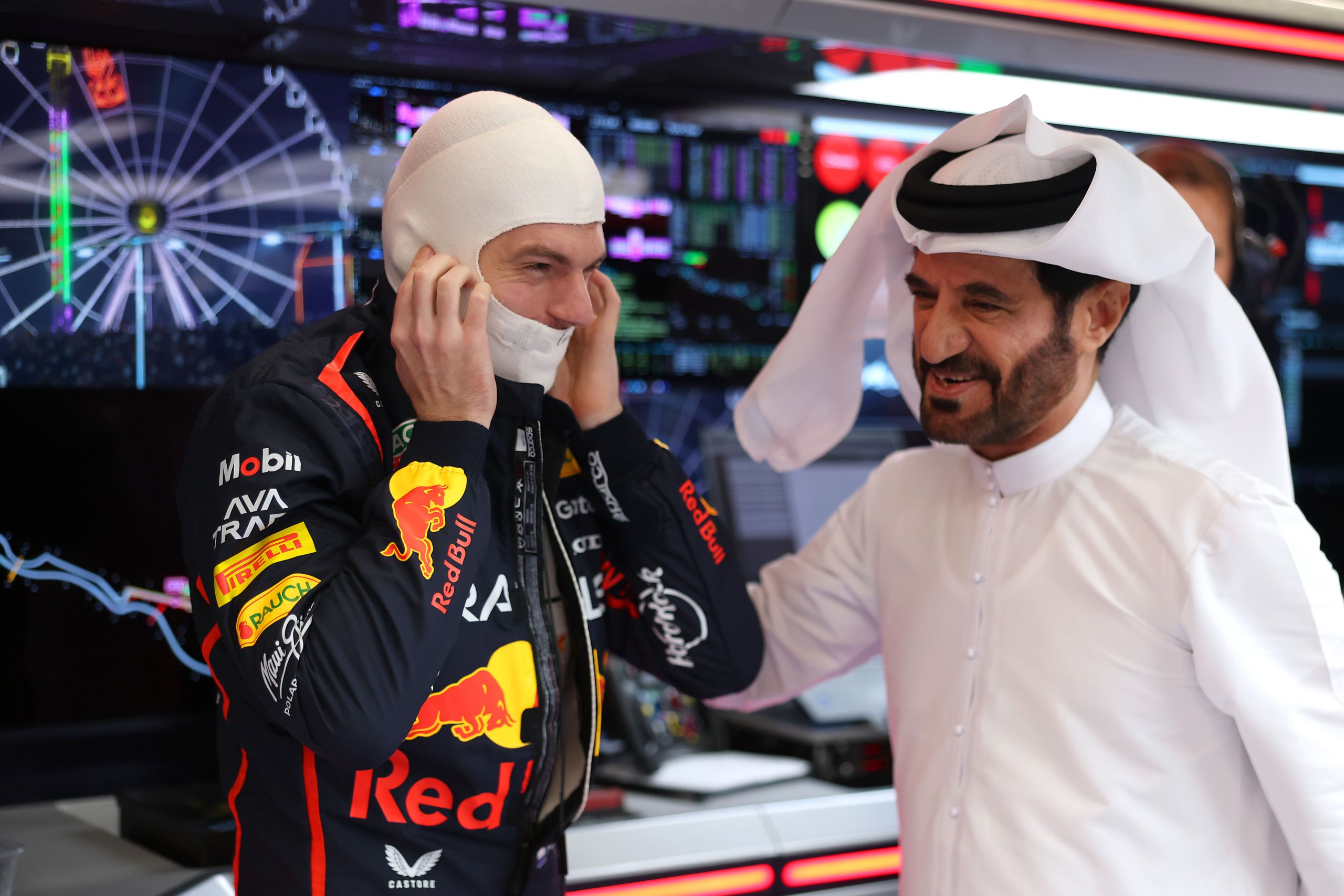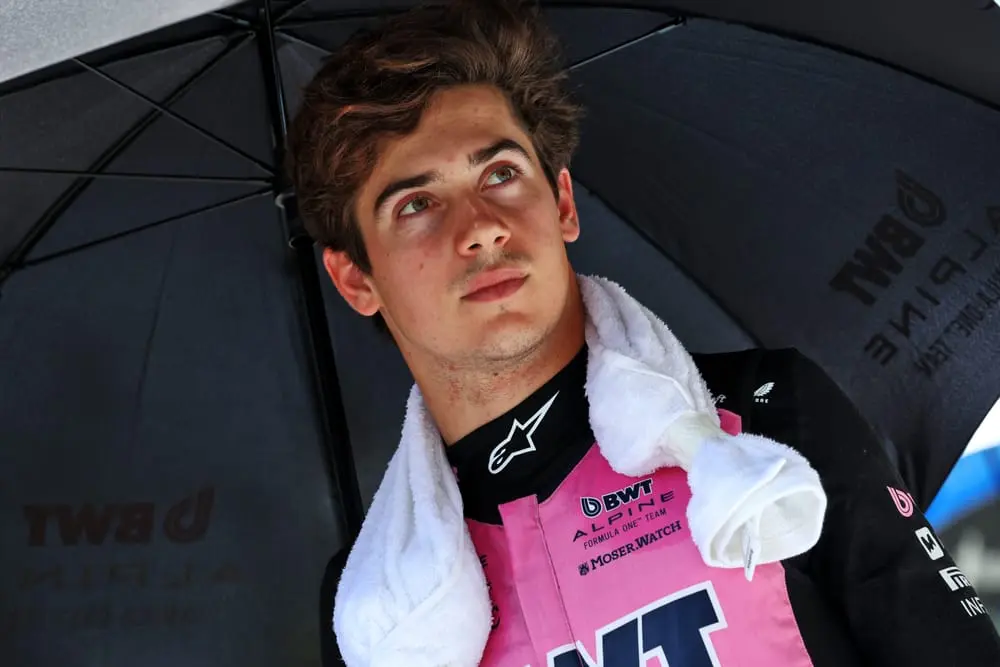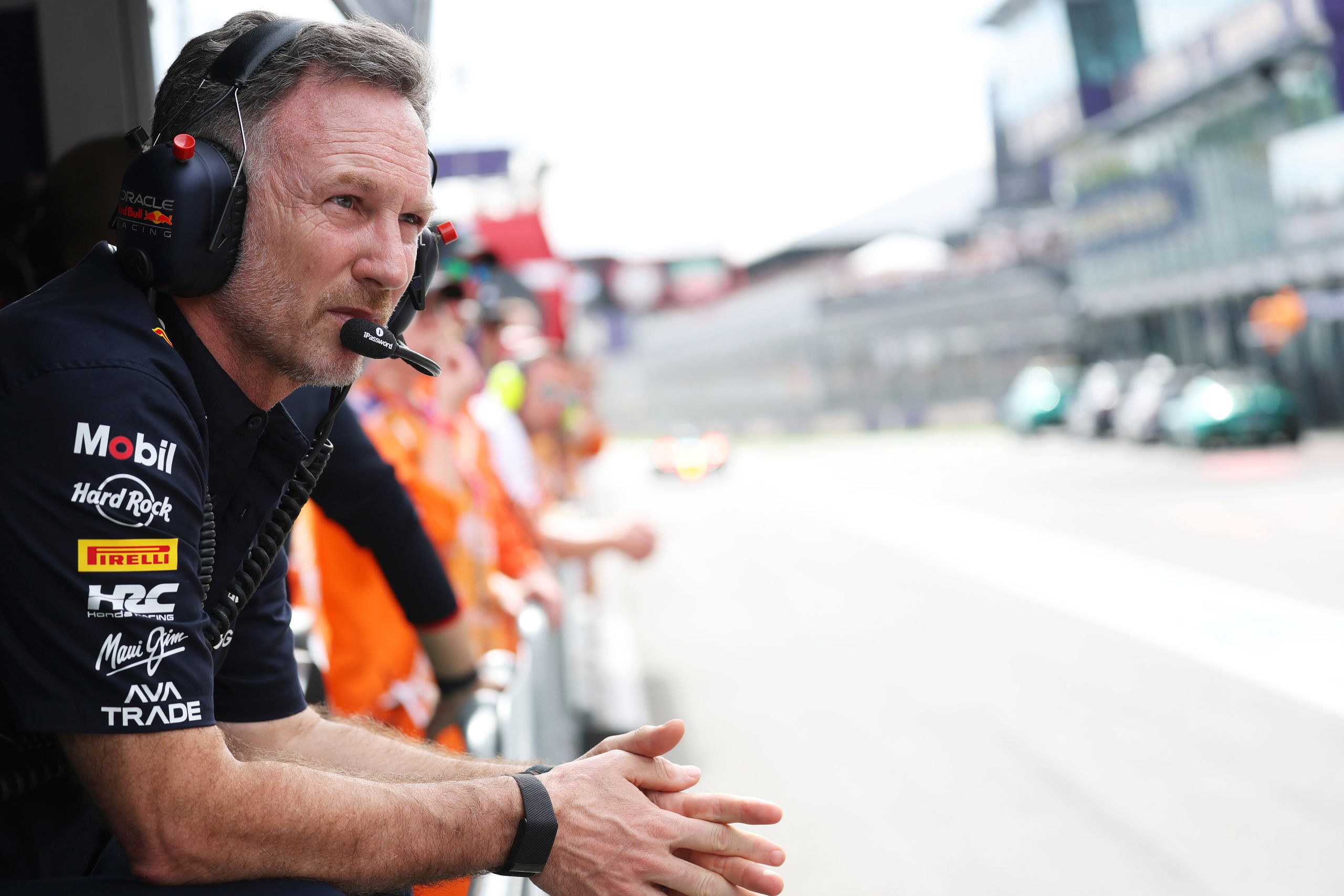What Is Porpoising In F1?
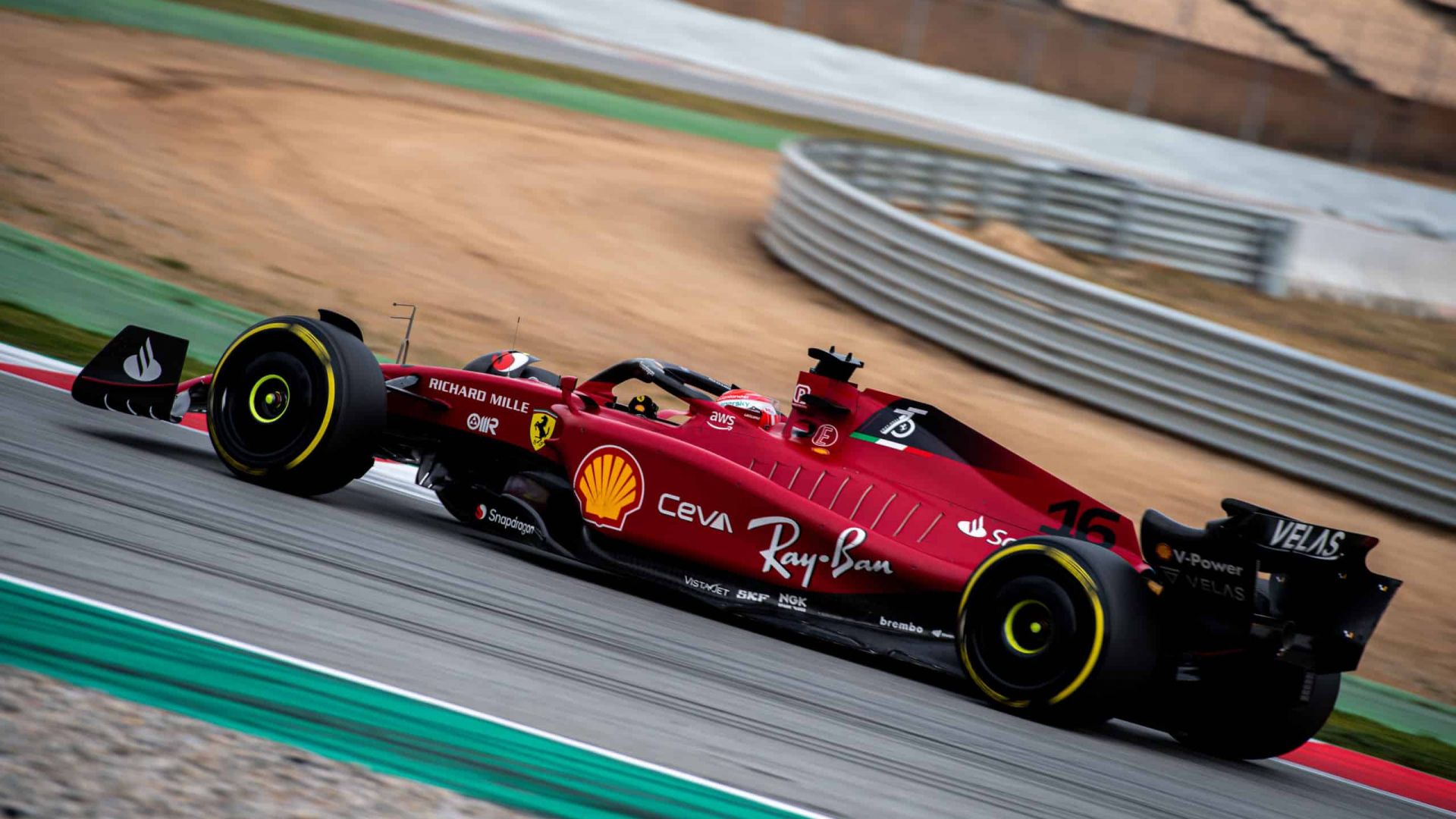
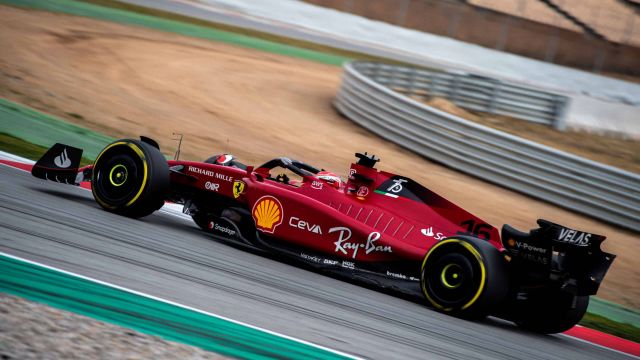
It was a hot topic through both pre-season tests in 2022, but what is porpoising in F1? And what effect does it have on both car and driver?
In a bid to decrease the dirty air in the wake of an F1 car, The FIA has thrown open the use of the underbody of the car to generate downforce. An F1 car needs downforce to stay firmly on the track and not take off like an aeroplane. It needs even more downforce for higher cornering speeds. But the FIA relaxation has come with strict guidelines on the use of the underbody of the car.
Formula 1 car constructors first explored the possibility of using the underbody to generate downforce in the 1970s and 1980s. They had experienced the phenomenon of porpoising then. Porpoising describes the motion of a porpoise in the sea. In a Formula 1 car, it may be described as bouncing or hopping. As a Formula 1 car travels at a far greater speed than does a porpoise, the bouncing is more rapid and can create problems on fast corners.
Why does porpoising occur in the 2022 Formula 1 car?
Unlike the 2021 F1 car, the underbody of the 2022 F2 car is not smooth. The FIA has amended the regulations governing the aerodynamics of a Formula 1 car. These regulation changes were meant to be enforced in 2021. They were deferred due to the Covid-19 pandemic and enforced for the 2022 season.
They have put certain restrictions on aerodynamics to reduce the drag on cars. To compensate for the loss of downforce, the FIA has recommended two large venturi ducts on the underbody of the car. They have relied on ground effects to generate the compensatory downforce. The downforce is generated by the depression formed by the air accelerating through these ducts.
As the car cuts through the air, the air is propelled through the ducts in the underbody. This air forms a negative pressure sucking the car towards the ground. This is the ground effect and it creates the downforce. The downforce helps the car take corners at great speeds and race across straights faster.
All the while, the downforce keeps the car firmly in contact with the track giving the tyres grip and traction. The air exiting at the end of the car is dispersed by diffusers so that it does not form vortices. The diffusers ensure that the car experiences little drag and the exiting air is cleaner. That makes for other cars to follow closer than they would otherwise.
The diffuser in 2022 F1 cars is much wider than in 2021. Beyond a threshold speed, the air refuses to remain in contact with its wall. This speed is believed to be approximately 250 kph. The airflow then detaches itself from the upper edge of the diffuser reducing the suction effect. This reduction of downforce unloads the suspension raising the car upwards.
The easing of load on the suspension is reversed a while later causing loading of the suspension. Because of the speed at which the car is travelling, the cycle of aerodynamic loading and unloading of the car is rapid. The driver feels as though he is travelling across a series of bumps on the track. Porpoising can be dangerous, particularly on fast corners.
What are F1 teams doing about porpoising?
The F1 porpoising phenomenon was first encountered when constructors were researching ground effects in the early 1980s. In 1983, the FIA banned the modification of the underbody for added downforce. The latest change in aerodynamic regulation took many engineers by surprise. The limitation on tunnel testing also added to the problem.
The extent of F1 porpoising can only be determined when a car races on a track. No team has managed to eliminate porpoising in the two testing sessions before the season’s first race. All teams are expected to come out with a solution to porpoising within the first few races. Until then lap times will be affected.
There is no doubt that the first team to entirely solve the issue of porpoising will have an advantage over the field. McLaren seemed to have the least trouble with porpoising. That can be attributed to their engineer’s experience in the early 80s. Ferrari also seemed to control porpoising during the Bahrain test sessions, although not entirely.
With barely more than a week to go before the first race at Sakhir, teams are left with little time. The Sakhir track is not the most even and smooth of tracks. As such, teams will not be able to get a good idea of the extent of porpoising. A smoother track with more fast corners will give the teams the right assessment of the problem on hand. Any changes in the FIA regulations will be applicable for the 2023 F1 season.
F1 Porpoising Explained – Video
What is porpoising in F1? – The Conclusion
Proposing describes the undulating motion of a porpoise on a sea surface. The drastic change of aerodynamic regulations by the FIA has led to this phenomenon occurring in F1 cars. F1 Porpoising is caused by the repeated loading and unloading of the underbody of the car. Because of the speed of an F1 car, this occurs at a very fast frequency. The bumping sensation felt by the driver is rapid and can cause him to lose control of the car.
What is porpoising in F1? – FAQs
What is porpoising in Formula One?
Porpoising in Formula One refers to a phenomenon where the front and rear of a car moves up and down rapidly, like a porpoise breaking the surface of the water. This is caused by the suspension system being unable to properly cope with the aerodynamic forces acting on the car, and can negatively impact the car’s performance.
How does porpoising affect a Formula One car’s performance?
Porpoising can lead to a loss of grip and stability, making the car difficult to control. It can also cause increased tire wear and increased likelihood of mechanical failure. Additionally, the constant movement of the car can make it hard for the driver to maintain a consistent line on the track, leading to lost time and slower lap times.
What causes a Formula One car to porpoise?
Porpoising is caused by the interaction between the aerodynamics of the car and its suspension system. The aerodynamic forces acting on the car can cause the suspension to compress and rebound rapidly, leading to the porpoising effect. This can be caused by a variety of factors, such as incorrect suspension settings, aerodynamic imbalances, or a mismatch between the suspension and the aerodynamic package.
Can porpoising be prevented in Formula One cars?
Porpoising can be prevented through proper setup and tuning of the suspension system, as well as ensuring that the aerodynamic package is properly balanced and integrated with the suspension. Teams also use advanced simulation tools to predict and prevent porpoising before the car hit the track.
How does a Formula One team address porpoising during a race?
If a car is experiencing porpoising during a race, the team may make adjustments to the suspension settings or aerodynamics in order to try and alleviate the issue. They can also make changes to the tire pressures or camber angles to try and improve grip and stability. In some cases, the team may decide that the best course of action is to bring the car into the pits for repairs or to retire the car from the race.
Can aerodynamics play a role in porpoising for Formula One cars?
Yes, aerodynamics can play a significant role in porpoising for Formula One cars. The aerodynamic forces acting on the car can cause the suspension to compress and rebound rapidly, leading to the porpoising effect. Teams also use advanced simulation tools to predict and prevent porpoising before the car hit the track.
How does the suspension system impact porpoising in Formula One cars?
The suspension system plays a critical role in porpoising for Formula One cars. If the suspension is not properly tuned or is mismatched with the aerodynamic package, it can lead to the car experiencing porpoising. Teams spend a lot of time and effort tuning their suspension systems to minimize the likelihood of porpoising.
How do drivers handle porpoising during a Formula One race?
Porpoising can make a car difficult to control and can cause a loss of grip and stability, making it hard for the driver to maintain a consistent line on the track. If a car is experiencing porpoising during a race, the driver may try to adjust their driving style to compensate, but in some cases, the best course of action may be to bring the car into the pits for an adjustment.


